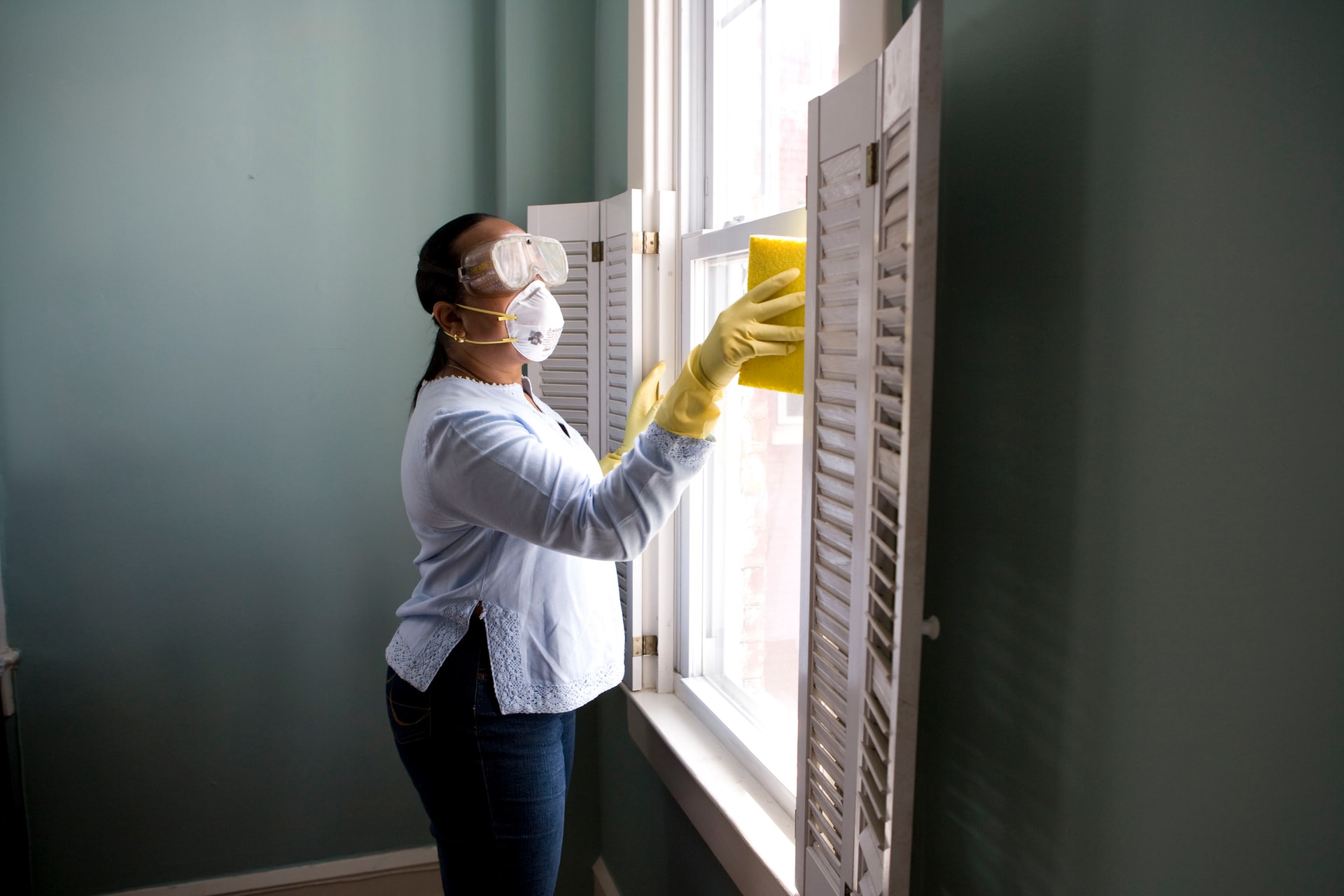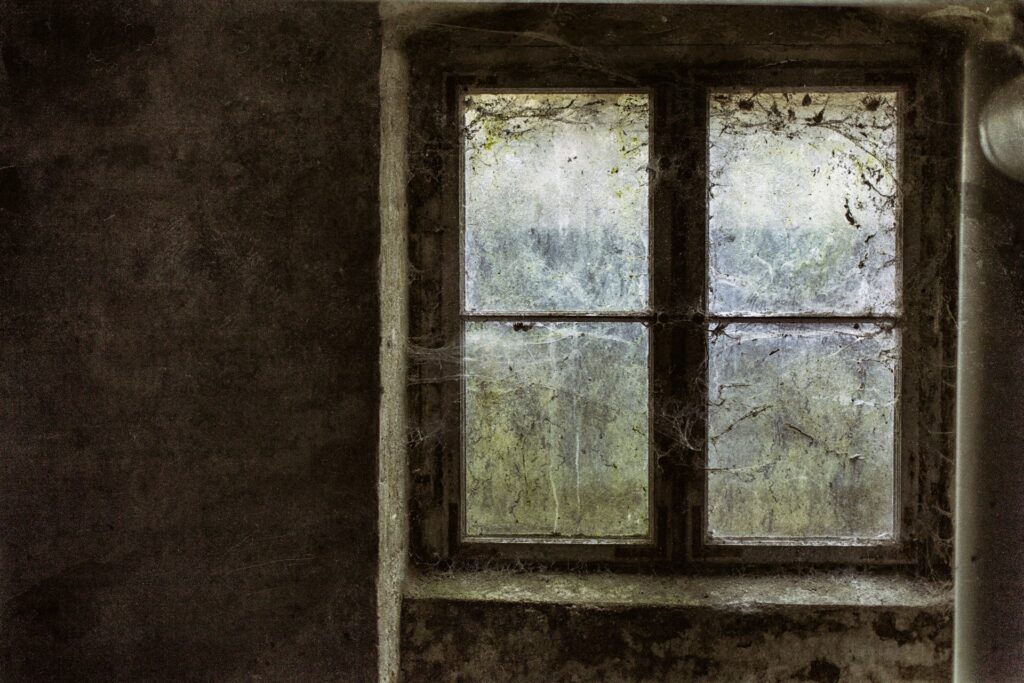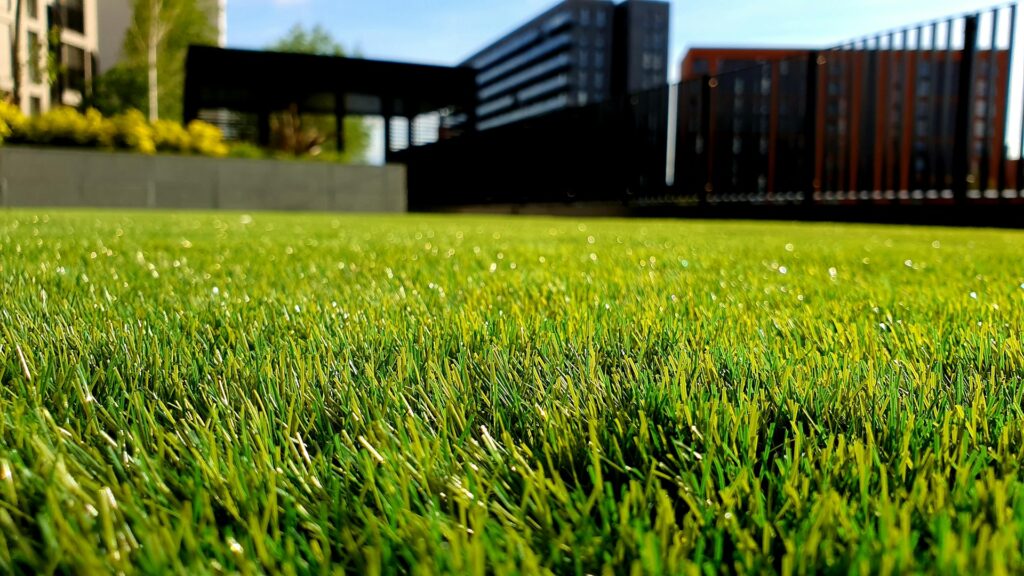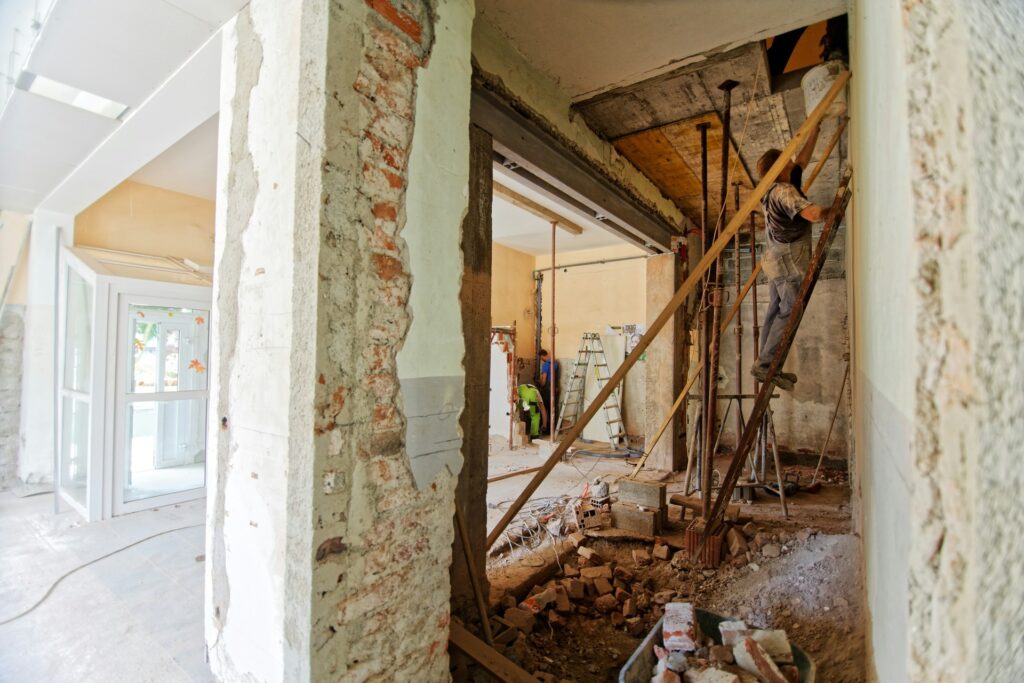
We are reader-supported. When you buy through links on our site, we may earn an affiliate commission.
You check beneath your sink for mold and take a zero-tolerance stance toward leaving puddles to accumulate. However, you still have occasional unpleasant symptoms like headaches and upper respiratory infections. Could mold lurk where you least expect it? The answer to that question is yes. Here’s how to detect mold in your house by looking at ten unexpected places.
1. Your Toothbrush Holder
You don’t want to think of putting mold spores directly into your mouth, but you come close if you never clean your toothbrush holder. The water can collect within and provide ample breeding grounds.
Once a week, rinse your toothbrush holder and wash it with soap. Go a step further by giving the interior a spritz of full-strength vinegar — don’t dilute it if you want to kill spores.
2. Your Filing Cabinets
You wouldn’t imagine your home office as a mold breeding factory. However, the paperwork within tries to maintain the same humidity as the surrounding room, making it fertile.
Remember that time you set your coffee cup atop your file cabinet and spilled it. Oops. Make sure you dry out all paperwork and use the accident as an excuse to shred documents you no longer need while doing so.
3. Your Wallpaper
Do you find that you sometimes break out in a rash after spending time in your wallpapered attic or basement? You could have mold lurking behind that decorative facade.
The only way to know is to remove the wallpaper and replace it. You could opt for paint, but if you return to the same covering, make sure you prime the surface first to prevent regrowth.
4. Your Carpet
Carpets are a nasty, germ-breeding flooring choice — but they keep your tootsies cozier than tile in winter. If you adore wall-to-wall, remain aware that mold can grow beneath the nap.
If you spill something on the rug, soak it up thoroughly to remove all moisture, which promotes fungal growth. When shampooing, make sure you open windows and turn on ceiling fans to help it dry thoroughly.
5. Your Refrigerator Drip Pan
You know that where there’s water, there may be mold. However, how frequently do you move your refrigerator? Probably once a year, if that.
To detect mold in your home, pay attention to your drip pan. Spray it thoroughly with a concentrated bleach solution to kill any remaining spores after washing it with your hose.
6. In Your Ducts
Your indoor air quality can take a beating if you rarely change your filters, especially if you have smokers or pets in the home. While not everyone recommends duct cleaning, consider getting it done if you don’t know whether water damage exists that could spur mold growth.
For example, if you buy an old home instead of building new, you may want to get a professional cleaning. If you are particularly sensitive, it’s wise when renting an apartment, as well.
7. Your Ceiling Tiles
Do you have a drop ceiling? If you have upstairs neighbors, these models can significantly reduce noise. It helps if you have a basement bedroom and try to sleep while your 16-year-old practices gymnastics in the living room.
However, they can also hide mold behind the tiles. Take them down and inspect them — if you see water stains, it’s a sure sign mold may flourish.
8. In Your Houseplants
You don’t want to overwater your houseplants if you hope to keep them alive. However, you could do more than murder your ficus — you could make your family sick. They’re one of the most frequently overlooked sources when trying to detect mold in your home.
Unfortunately, you may need to repot plants if the damage is already done. If not, read the watering instructions carefully and follow them. Your greenery and your nasal passages will both thank you.
9. Your Window Seals
When it rains, moisture inevitably invades your window seals no matter how tight they are. That means mold can grow.
Inspect your seals when opening windows and caulking any cracks. If you see mold, cleaning the area with soap and water and then spraying it with a bleach solution should cure it.
10. Your Washing Machine
Your washing machine can get dirty — think about all the clothes you leave in there before you fire it up. The answer is to clean it regularly, which fortunately takes minimal effort on your part.
Vinegar and baking soda do the trick. Don’t worry — you won’t create any volcanoes by combining them. Instead, you’ll run two separate cycles while they each take a turn at the dirty work.
How to Detect Mold in Your House: Look for the Unexpected
When it comes to how to detect mold in your house, you need to look beyond sinks and plumbing fixtures. Addressing the ten areas above could ease some of your troublesome symptoms.










